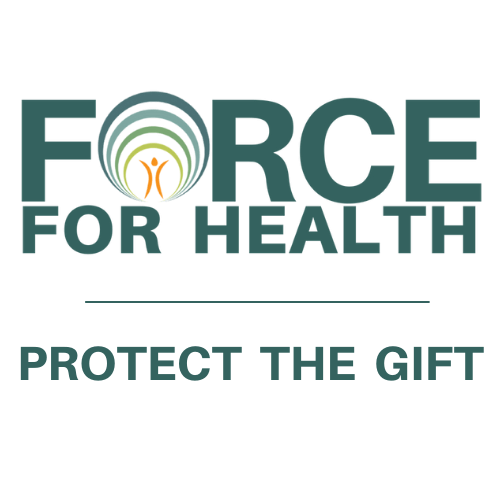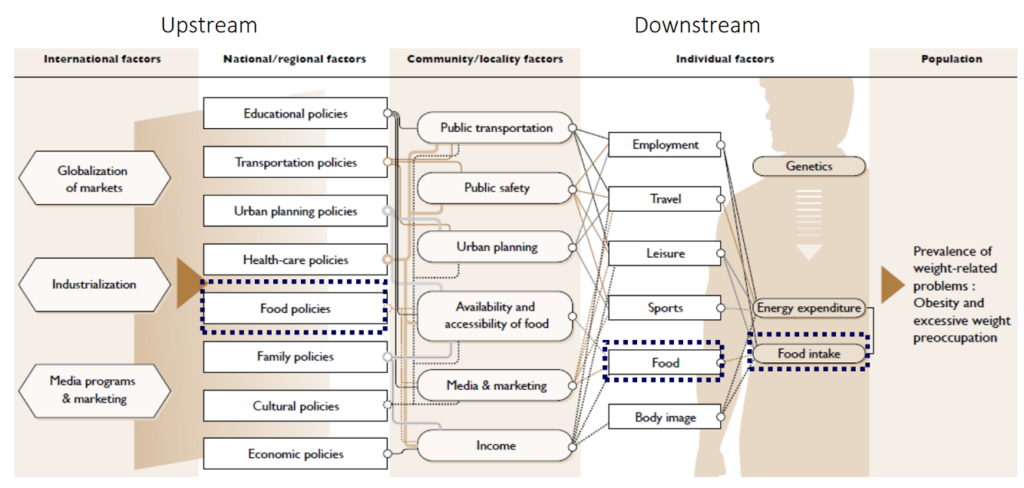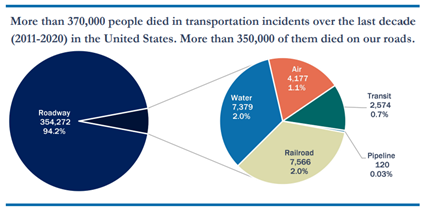Latest Reports Released on Pennsylvania Hospital Utilization Rates!

The Pennsylvania Health Care Cost Containment Council (PHC4) publicly released new County-Level Utilization and Condition-Specific Reports today, giving stakeholders in Pennsylvania valuable insight into ambulatory/outpatient usage and hospitalization rates of high interest conditions, using the most recent data available.
County-Level Utilization Reports are updated every quarter and show the overall total number of inpatient hospitalizations and ambulatory/outpatient cases for Pennsylvania residents. These results are displayed by patient age, sex, and payer. The newly released County-Level Utilization Reports reflect data from Q2 of 2024.
PHC4’s County-Level Condition-Specific Reports focus on several high interest conditions displaying county-specific rates of hospitalization for Pennsylvania residents. This information reflects data from the state fiscal year 2024, which is July 1, 2023, through June 30, 2024. The analysis within the County-Level Condition-Specific Reports is limited to Pennsylvania general acute care hospitals.
“This succinct series of reports sheds light on critical health care components at a county-level. This type of reporting is one of many ways PHC4 proudly supports Pennsylvania communities.” said Barry D. Buckingham, PHC4’s Executive Director. Buckingham went on to say that PHC4’s goals include providing fact-based reporting in support of those charged with prioritizing health care resources effectively. The organization believes this is in direct support of the newly established mission of empowering Pennsylvanians through transparent reporting.
PHC4 is an independent council formed under Pennsylvania statute (Act 89 of 1986, as amended by Act 15 of 2020) in order to address rapidly growing health care costs. PHC4 continues to produce comparative information about the most efficient and effective health care to individual consumers and group purchasers of health services. In addition, PHC4 produces information used to identify opportunities to contain costs and improve the quality of care delivered.
For more information, visit phc4.org or review the full report here.
Media contact:
Barry D. Buckingham, Executive Director, PHC4, bb*********@**c4.org
The post Latest Reports Released on Pennsylvania Hospital Utilization Rates! appeared first on Pennsylvania Office of Rural Health.
Recommend0 recommendationsPublished in My Healthy Pennsylvania, Rural Health PA









